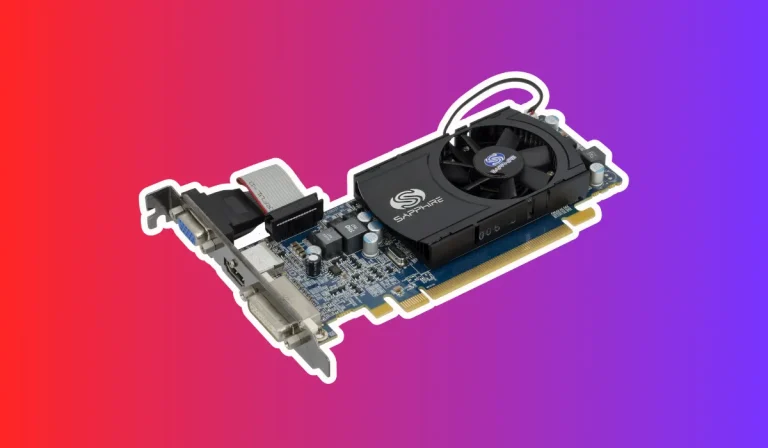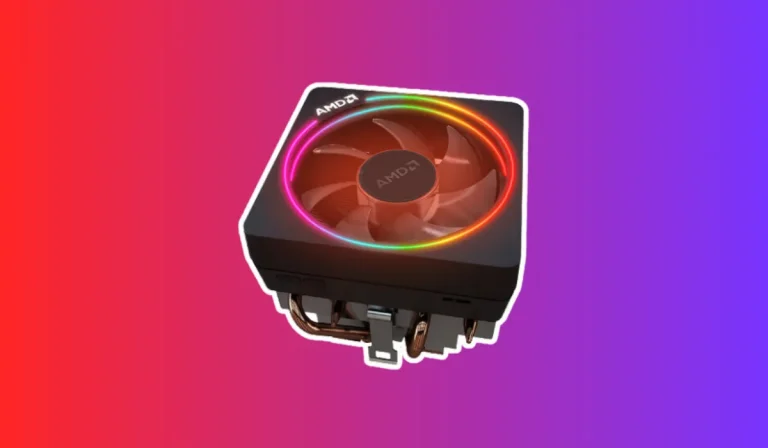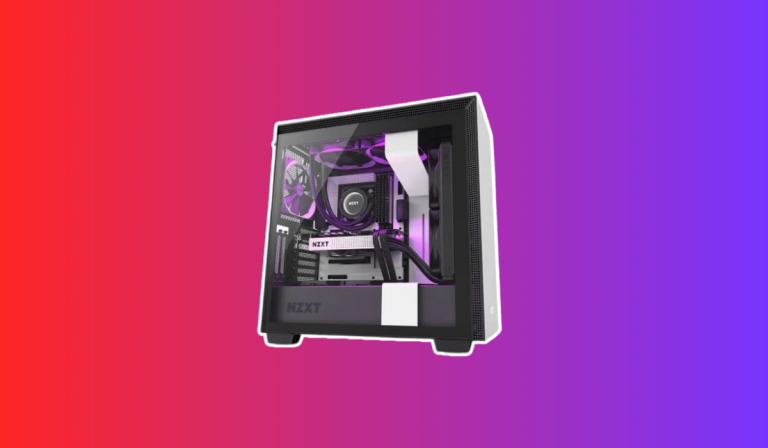How many GPUs can a motherboard support?
Looking to take your computing experience to the next level? Want to dive into the world of gaming, cryptocurrency mining, or professional work that demands exceptional performance? Then buckle up, because GPUs (Graphics Processing Units) are the secret sauce you’ve been searching for.
Factors Influencing GPU Support
Power Supply
One crucial factor in determining GPU support is the power supply capacity of the system. GPUs can consume a significant amount of power, especially high-end models. Therefore, it is essential to ensure that the power supply unit (PSU) can provide sufficient power to all the connected GPUs. If the PSU does not have enough power connectors or capacity, it may not be able to support multiple GPUs effectively.
Physical Space
Another critical consideration is the physical space available on the motherboard. GPUs typically require a PCIe x16 slot for installation. If the motherboard has multiple PCIe x16 slots, it can support multiple GPUs. However, it is essential to ensure that there is sufficient spacing between the slots to accommodate the GPUs and any necessary cooling solutions. Additionally, the physical size of the GPUs themselves should be taken into account to avoid compatibility issues.
Cooling and Heat Dissipation
Multiple GPUs can generate a significant amount of heat, which needs to be effectively dissipated to prevent overheating and performance throttling. Therefore, it is important to consider the cooling capabilities of the motherboard and the overall system. A motherboard with adequate cooling solutions, such as multiple fan headers or support for liquid cooling, can better handle the heat generated by multiple GPUs.
Compatibility and Bandwidth
Finally, compatibility and bandwidth are crucial factors to consider. Not all motherboards support multi-GPU configurations, so it is essential to check the manufacturer’s specifications and documentation. Additionally, the motherboard’s chipset and PCIe version can affect the bandwidth available to each GPU. Higher bandwidth allows for better performance and smoother operation of multiple GPUs.
Determining the Maximum Number of GPUs
Motherboard Specifications
The first step in determining the maximum number of GPUs is to consult the motherboard’s specifications and documentation. Manufacturers often provide detailed information on how many GPUs the motherboard can support. This information can usually be found on the product page or in the user manual. It is important to note that not all motherboards support multiple GPUs, so checking the specifications is essential.
PCIe Slots
The number and type of PCIe slots on the motherboard play a significant role in determining the maximum number of GPUs. Most modern motherboards feature PCIe x16 slots, which are commonly used for graphics cards. However, the availability of these slots may vary depending on the motherboard model. It is crucial to check the number of PCIe x16 slots and ensure they are compatible with the GPUs you intend to use.
Power Supply Capacity
Another important consideration is the power supply capacity of the system. Each GPU requires a certain amount of power to operate, and if the power supply unit (PSU) does not have enough capacity, it may not be able to support multiple GPUs. It is crucial to ensure that the PSU can provide sufficient power to all the connected GPUs, as inadequate power can lead to system instability or even damage.
Cooling and Heat Dissipation
Multiple GPUs can generate a significant amount of heat, which needs to be effectively dissipated to prevent overheating. It is important to consider the cooling capabilities of the motherboard and the overall system. Sufficient spacing between the PCIe slots, along with proper airflow and cooling solutions, can help manage the heat generated by multiple GPUs.
Overcoming Limitations
SLI/CrossFire Technology
SLI (Scalable Link Interface) and CrossFire are technologies developed by NVIDIA and AMD, respectively, that allow multiple GPUs to work together to enhance graphics performance. These technologies enable users to connect multiple GPUs in a supported motherboard, effectively overcoming the limitation of the maximum number of GPUs supported by the motherboard. By using SLI or CrossFire bridges and enabling the corresponding settings in the graphics drivers, users can harness the combined power of multiple GPUs.
External GPU Enclosures
Another option to overcome the limitations of a motherboard is to use an external GPU enclosure. External GPU enclosures, also known as eGPUs, allow users to connect additional GPUs to their systems via Thunderbolt or other high-speed interfaces. These enclosures provide the necessary power and connectivity to support additional GPUs, bypassing the limitations of the motherboard. However, it is important to ensure that the system and the motherboard have compatible interfaces and sufficient bandwidth to support the external GPU enclosure.
Server Motherboards
For those seeking to build a high-performance multi-GPU system, server motherboards can be a viable solution. Server motherboards are designed to handle multiple GPUs and offer features like multiple PCIe slots, higher power delivery capabilities, and enhanced cooling solutions.
These motherboards are specifically built to support demanding workloads and can overcome the limitations of consumer-grade motherboards. However, it is important to note that server motherboards may come at a higher cost and may require specialized knowledge for setup and configuration.
FAQ’s
1. Can any motherboard support multiple GPUs?
No, not all motherboards can support multiple GPUs. It depends on the specific motherboard model and its specifications.
2. Is there a limit to the number of GPUs a motherboard can support?
Yes, there is a limit to the number of GPUs a motherboard can support.
3. Can I add more GPUs to my existing motherboard?
It depends on your current motherboard’s specifications. Some motherboards have additional PCIe slots or support for technologies like SLI or CrossFire, which allow for the addition of more GPUs.
4. What if my motherboard doesn’t support multiple GPUs?
If your motherboard does not support multiple GPUs, you have a few options. You can consider upgrading to a motherboard that does support multiple GPUs, using technologies like SLI or CrossFire if supported by your current motherboard, or exploring external GPU enclosures that connect to your system via high-speed interfaces.
5. Can I use different GPU brands or models in a multi-GPU setup?
In some cases, it is possible to use different GPU brands or models in a multi-GPU setup.
Conclusion
As we conclude our discussion on determining the maximum number of GPUs a motherboard can support, it becomes evident that understanding GPU support is crucial for achieving optimal system performance.
By considering factors such as motherboard specifications, PCIe slots, power supply capacity, and cooling capabilities, users can make informed decisions when planning a multi-GPU setup.




